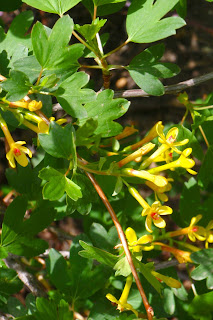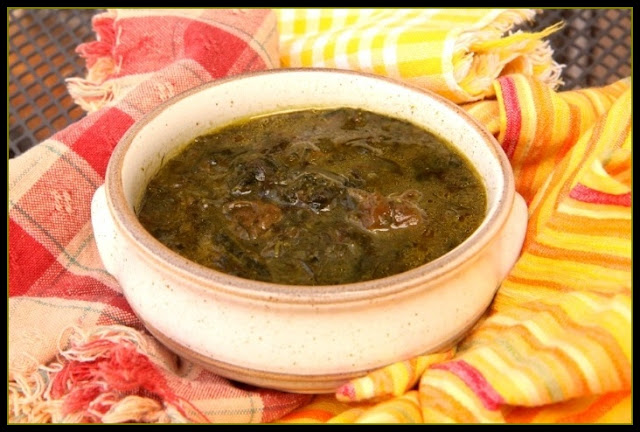Wild About - Currant Scouting
Lovers of currants (Ribes spp.), take note; spring is a wonderful time for sourcing new bushes. Because of their bright yellow flowers, the plants are much more obvious now than they are in late summer, when the fruit ripens. In my area, currant bushes seem to like places with a little moisture, and line nearly every ditch and creek, and especially favor the base of large cottonwood trees.
Most of the major bike paths here follow waterways. And since I cover a lot of territory on my bike (which is something I've never done in springtime before), I'm seeing hundreds of new golden currant bushes (Ribes aureum). In fact, I'm a little surprised that they seem to be nearly everywhere I look. I've always had a few bushes that I could count on in the fall, but now I'll have even more sources.
 Currant bushes are woody shrubs that can grow from 2-6 feet tall. The leaves are generally described as maple-like, and the flowers are yellow and tubular. I'd recommend that you find pictures and descriptions of the currants in your area, to help with identification.
Currant bushes are woody shrubs that can grow from 2-6 feet tall. The leaves are generally described as maple-like, and the flowers are yellow and tubular. I'd recommend that you find pictures and descriptions of the currants in your area, to help with identification.
So if you are serious about your love of the fruit, look for that splash of yellow. Take a mental note, or even go mark the bushes' location by gps. Then, when it comes time to harvest currants, and everything is lush and green (and confusing), you'll know just where to forage.
Most of the major bike paths here follow waterways. And since I cover a lot of territory on my bike (which is something I've never done in springtime before), I'm seeing hundreds of new golden currant bushes (Ribes aureum). In fact, I'm a little surprised that they seem to be nearly everywhere I look. I've always had a few bushes that I could count on in the fall, but now I'll have even more sources.
 Currant bushes are woody shrubs that can grow from 2-6 feet tall. The leaves are generally described as maple-like, and the flowers are yellow and tubular. I'd recommend that you find pictures and descriptions of the currants in your area, to help with identification.
Currant bushes are woody shrubs that can grow from 2-6 feet tall. The leaves are generally described as maple-like, and the flowers are yellow and tubular. I'd recommend that you find pictures and descriptions of the currants in your area, to help with identification.So if you are serious about your love of the fruit, look for that splash of yellow. Take a mental note, or even go mark the bushes' location by gps. Then, when it comes time to harvest currants, and everything is lush and green (and confusing), you'll know just where to forage.

